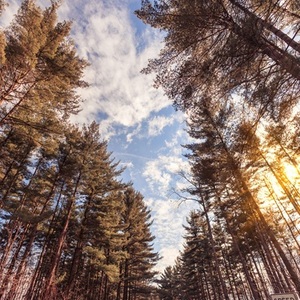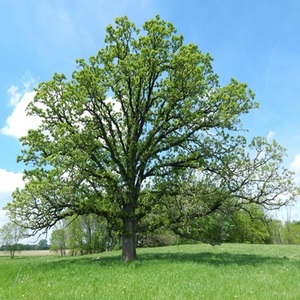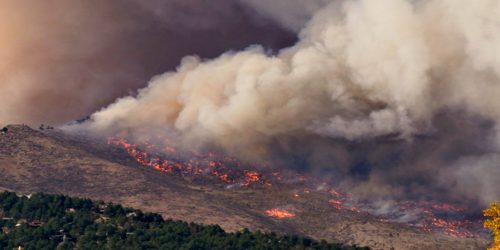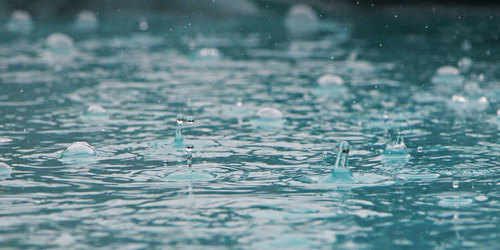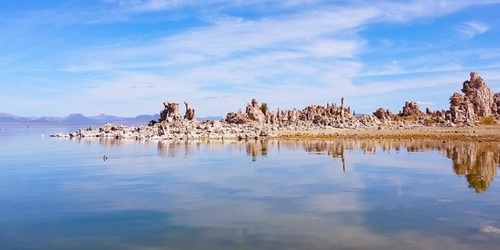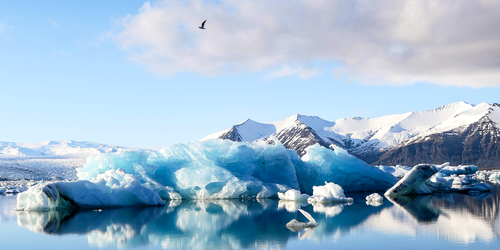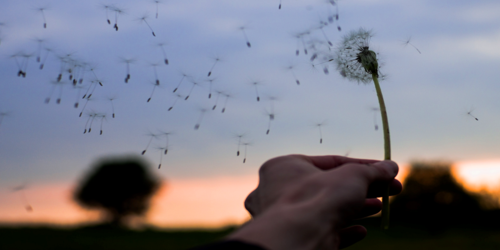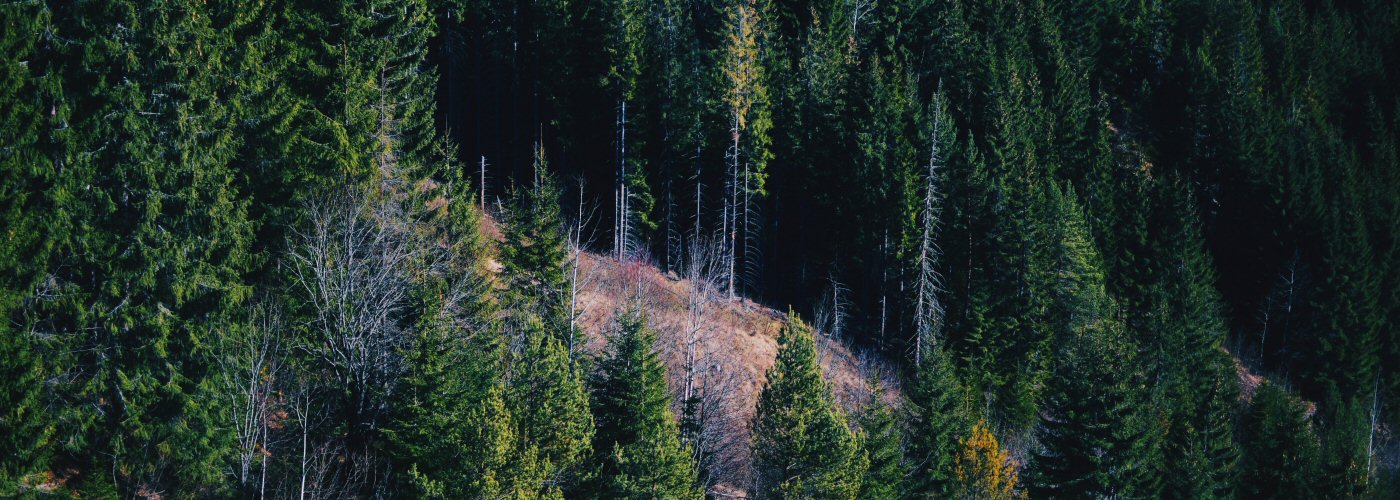

As presented in a previous article, weather patterns are becoming more persistent. Rainy stretches of weather are lasting longer and producing more rainfall while dry patterns are also becoming more unrelenting. With this increase in weather extremes, though, wouldn't these wetter and drier patterns tend to balance each other out? In a 2019 study lead authored by Dr. Matt Dannenberg of the University of Arizona, which examined tree ring data from across the country, the increasing extremes are not balancing out as far as tree growth is concerned. In fact several species, especially in the semiarid western U.S. climate, are showing marked declines in growth in recent decades.
As part of this study, the researchers compared tree ring measurements from 1,300 sites across the U.S. to climate data from conventional ground-based weather monitoring stations. Data from the instrumented sites show that over the course of the 20th century, precipitation extremes have been increasing across the West during the cool season and particularly in the Southwest during the warm season. Furthermore, climate models project this trend to continue through 2100 with precip becoming more variable especially in the Southwest. Tree ring data over the 20th century showed an interesting trend. As expected, drier years showed less tree growth; however, years with above average precipitation during the cool season tended to show less growth too, regardless of how wet the warm season was. Additionally, tree growth was found to respond more strongly to dry years than wet years, so the losses in growth during droughts weren't offset by the growth during surplus years.
The three tree species in the Southwest that showed the most decline in growth were the ponderosa pine, piñon pine, and Douglas fir, while the bur oak of the Midwest showed a similar decline. If these species aren't able to adapt to the projected future precipitation extremes they run the risk of becoming more scarce or even extinct. Losing them would also mean the loss of important storers of carbon dioxide, at a time when the greenhouse gas continues to increase worldwide.
